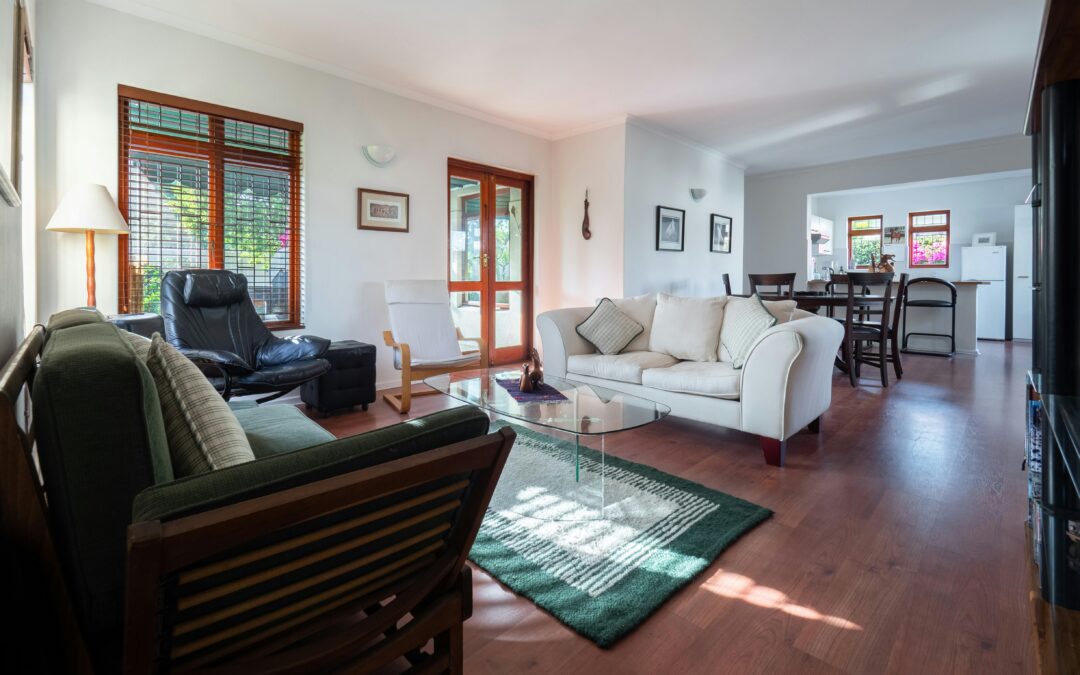With rising energy costs and growing environmental awareness, creating an energy-efficient home has become a priority for many homeowners. While major renovations can significantly impact energy use, small design tweaks can also make a big difference. These adjustments not only reduce your carbon footprint but also save money on utility bills.
For tailored and impactful solutions, consulting professionals like inner west architects can help integrate energy-saving strategies seamlessly into your home design. Whether you’re planning a renovation or making simple updates, here are some actionable tweaks to enhance your home’s energy efficiency.
Optimize Natural Light
Maximizing natural light reduces the need for artificial lighting, which can significantly cut electricity use.
Use Lighter Paint Colors
- Light-colored walls and ceilings reflect more sunlight, making rooms appear brighter.
- Choose reflective finishes to enhance natural light distribution.
Install Larger Windows or Skylights
- Add windows or skylights in strategic areas to increase natural light.
- Use double-glazed glass to maintain insulation and prevent energy loss.
Position Furniture Wisely
- Arrange furniture to avoid blocking windows and allow light to fill the room.
- Use sheer curtains to diffuse light while maintaining privacy.
Upgrade Your Insulation
Good insulation keeps your home warmer in winter and cooler in summer, reducing the need for heating and cooling systems.
Add or Replace Insulation
- Check for insulation in walls, roofs, and floors, and replace or add more if necessary.
- Use eco-friendly materials such as recycled denim or sheep’s wool for sustainable insulation.
Seal Gaps and Cracks
- Seal gaps around doors, windows, and vents to prevent drafts.
- Use weather stripping or caulk to improve insulation.
Choose Energy-Efficient Windows and Doors
Windows and doors are common areas where energy can escape. Upgrading these elements can make a noticeable difference.
Install Double- or Triple-Glazed Windows
- These windows have multiple layers of glass with insulating gas in between, reducing heat transfer.
Use Insulated Doors
- Upgrade to insulated doors, which are designed to minimize heat exchange.
- Add door sweeps to seal gaps at the bottom of doors.
Add Window Treatments
- Use thermal curtains or blinds to block heat during summer and retain warmth in winter.
Embrace Smart Technology
Smart home devices can optimize energy use and make it easier to monitor consumption.
Smart Thermostats
- Adjust heating and cooling schedules based on when you’re home or away.
- Some models learn your habits and automatically create energy-efficient schedules.
Smart Lighting
- Install LED bulbs and pair them with smart switches or sensors to ensure lights are only on when needed.
Energy Monitors
- Use smart plugs and energy monitors to track usage and identify areas for improvement.
Make Small Adjustments in Appliances
Energy-efficient appliances use less power and can have a big impact on your overall consumption.
Replace Old Appliances
- Upgrade to appliances with high energy star ratings. Look for fridges, dishwashers, and washing machines that are certified energy-efficient.
Use Appliances Wisely
- Wash clothes in cold water and air dry when possible.
- Run dishwashers and washing machines with full loads to maximize efficiency.
Install Low-Flow Fixtures
- Swap out old faucets and showerheads for low-flow models to reduce water and energy consumption.
Landscaping for Energy Efficiency
The way you design your outdoor space can also help regulate indoor temperatures.
Plant Shade Trees
- Plant trees near windows to block direct sunlight in summer.
- Choose deciduous trees that lose leaves in winter, allowing sunlight to warm your home.
Use Hardscaping
- Install reflective materials like light-colored paving stones to reduce heat absorption.
Create Windbreaks
- Plant dense shrubs or build fences to protect your home from cold winds.
Opt for Renewable Energy Sources
Incorporating renewable energy into your home can drastically reduce your reliance on traditional energy sources.
Solar Panels
- Install rooftop solar panels to generate electricity and reduce utility bills.
- Pair solar panels with a battery storage system to maximize efficiency.
Solar Water Heaters
- Use solar water heaters to reduce the energy needed for hot water.
Reduce Phantom Energy
Phantom energy, or standby power, refers to the electricity consumed by devices that are turned off but still plugged in.
Use Power Strips
- Plug electronics into power strips and switch them off when not in use.
Unplug Unused Devices
- Unplug chargers, kitchen appliances, and other devices when not in use.
Choose Energy-Saving Modes
- Enable energy-saving settings on devices like computers, TVs, and game consoles.
By making these simple design tweaks, you can significantly improve your home’s energy efficiency without undertaking major renovations. These changes not only benefit the environment but also create a more comfortable and cost-effective living space.

Recent Comments